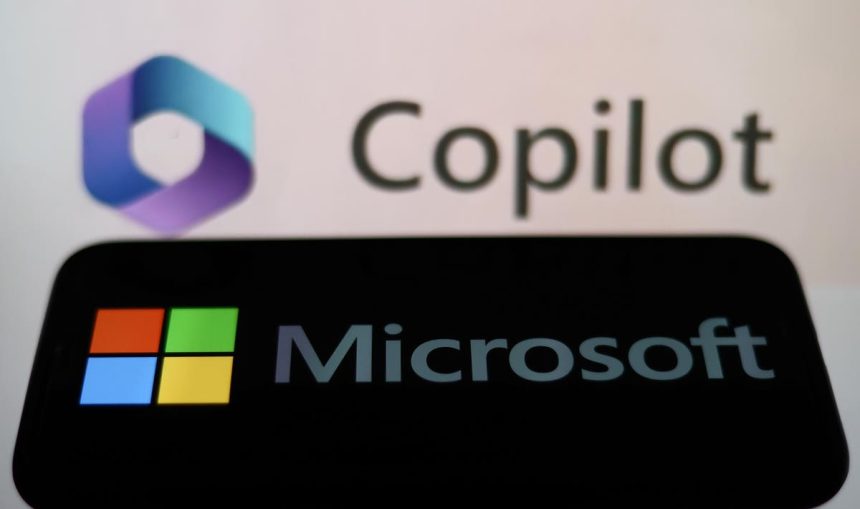If you’re one of the millions of businesses that run on Microsoft products than Microsoft’s AI offering called Copilot is going to rock your world.
It will be as pervasive as Windows. It will be as disruptive as the cloud. It will generate billions for Microsoft and you will be contributing a little bit to those revenues because you’ll be using it a lot. At least, I hope you’ll be using it a lot. If you spend the time to really understand the power of what it can and will do you will be able to significantly – significantly – improve the productivity your workforce and expand your company’s profits.
It’s still early days for this though. But here are six things you need to know about Copilot right now.
You can’t use it yet.
Microsoft launched Copilot in March 2023 and made it available to a select number of large enterprise clients. The videos the company released look exciting but these were done in very controlled environments using very limited data and examples. In June 2023, Microsoft expanded the availability of the product to an “invited” list of about 600 customers. At that time, the company said a general release will be in the “coming months” but realistically I’m betting that it will take at least four to six months to complete this testing and rollout the features to Microsoft 365 users. Hopefully this will be in our hands by the end of 2023 but given the amount of scrutiny it will receive I wouldn’t be surprised to see Microsoft push general release into early 2024.
Copilot is ChatGPT on steroids.
Make no mistake, this is ChatGPT, but taken to another level. Although Microsoft doesn’t share the specifics of its relationship with OpenAI, the maker of ChatGPT, it’s been reported that the software giant – which has invested billions in the what was once an open-sourced company but now is turning to a for-profit model, will be entitled to 75 percent of the OpenAI’s profits until it recoups its investment after which it would have a 49 percent stake in the company. Microsoft is also the “exclusive provider” of Azure’s backend infrastructure, products and programming interfaces on its Azure platform. Microsoft and ChatGPT are one.
Copilot will be in your face.
Once it’s released with Microsoft applications you won’t have to look very far to find the Copilot functionality. You’re going to see it everywhere. In the demos I’ve attended, just about every screen will have a Copilot button to “help” do more. Once selected a panel will open within the application that looks like a chat box and you’re off to the races. Copilot is going to be everywhere in every Microsoft product. Although the company will be focusing on its Office 365 applications, you’ll also be seeing it in Windows, Bing and most of its developer tools and platforms.
Copilot will save significant time for your users who learn it.
In Word, it will create a proposal based on the notes you took in OneNote, customize it to look like your previous proposals and add in artwork or visuals that you request. It can turn a proposal – or any document – into a PowerPoint presentation, add new slides based on your needs and create speaker notes. Excel users will be able to ask Copilot to list trends based on data in a spreadsheet, add new spreadsheets by diving into existing data, generate graphs and charts, apply color coding and perform what-if scenarios. Teams and Dynamics users can have Copilot “listen” to meetings, write up a summary, create tasks and email next actions to participants. You and your employees will need training not only to understand how to use Copilot but where it can be used.
Copilot won’t be perfect.
I want to be clear here: Copilot will do all of the things above just by asking it. It will suggest better formulas in Excel, propose better wording for an email, make a proposal look more professional with better formatting and graphics and offer ideas for emails, policies, memos and other communications. It is literally an assistant that will perform these functions. However, and like any assistant, it’s not you. It will not be perfect. All of the recommendations, suggestions, proposals and brainstorming it does are to help you and your workers move things along quicker. This will save a huge amount of time doing the mundane tasks that need to be done before people analyze the result. But in the end, humans will be making the final call on any of these changes.
Copilot has one Achilles heel: your data.
Copilot uses a Large Language Model (LLM) which is drawing on information not just from the web but from all of your internal data sources. It will provide all of its advice, recommendations and changes based on what it’s seeing in Outlook messages, Dynamics databases, Word docs, Excel spreadsheets, SharePoint files and any other internal (and external) information it can find and that it’s allowed to access. Privacy issues aside, the biggest problem that it will create for your business is that it will oftentimes be inaccurate and incomplete. That’s because your data is likely inaccurate and incomplete. That’s a problem that will need addressing and it’s something you can be doing right now – check out some of my thoughts on addressing this issue here.
AI is not something for your tech people. Copilot is not just a product. It is a way to reduce costs, increase revenues and grow profits. If you’re running a business, you need to understand it. Otherwise you’re going to be outsmarted by others – particularly your competitors – who do.
Read the full article here










